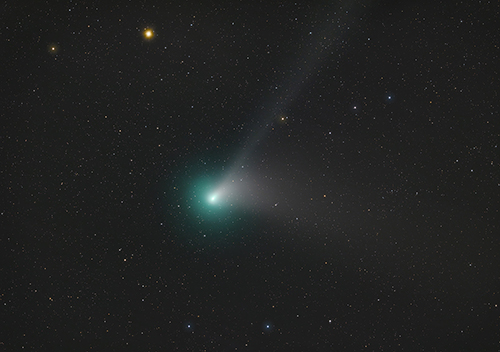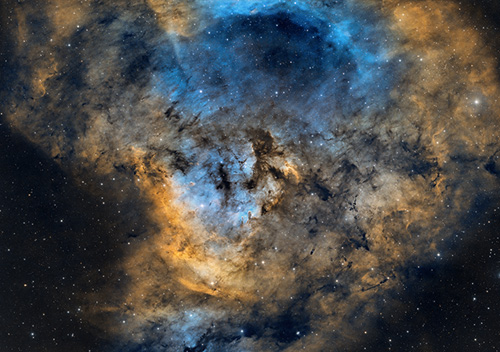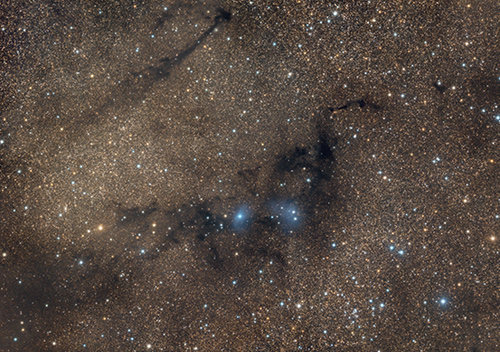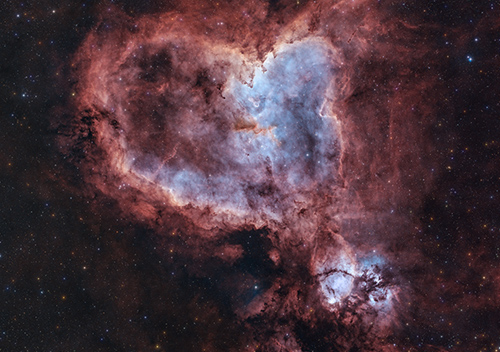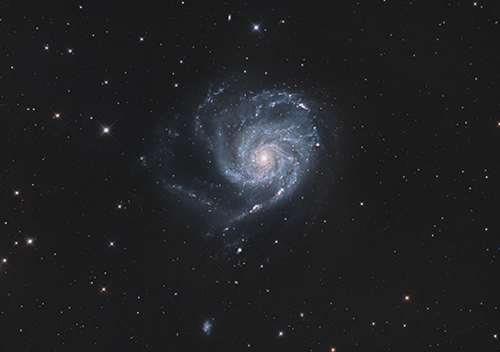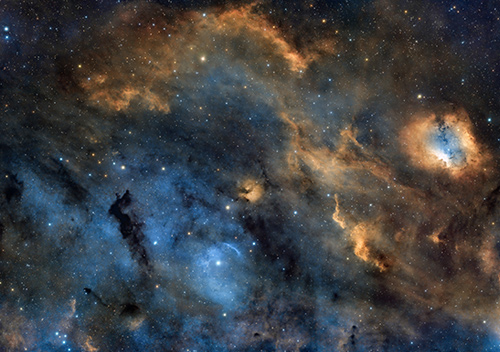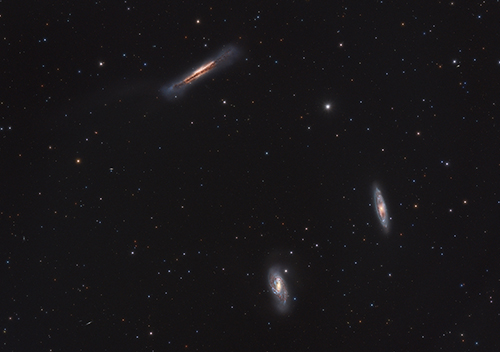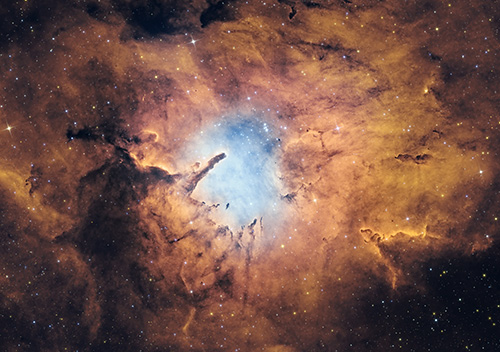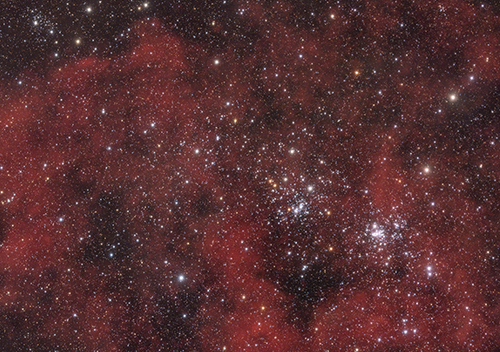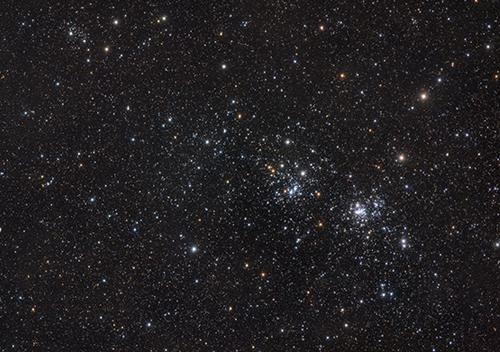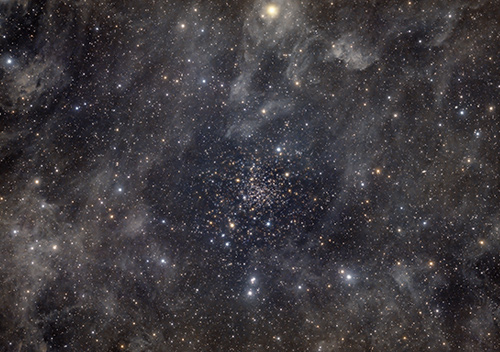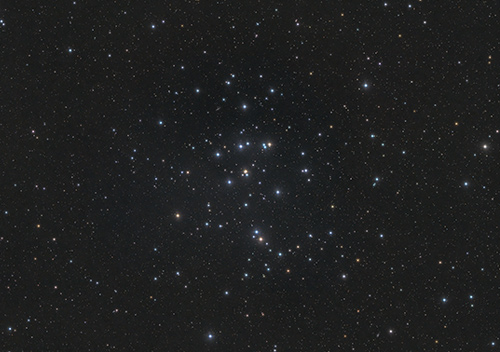
Mare Imbrium
Lunar Surface
With a diameter of 1145 km, Mare Imbrium is second only to Oceanus Procellarum in size among the maria, and it is the largest mare associated with an impact basin.
The Imbrium Basin is surrounded by three concentric rings of mountains, uplifted by the colossal impact event that excavated it. The outermost ring of mountains has a diameter of 1300 km and is divided into several different ranges; the Montes Carpatus to the south, the Montes Apenninus to the southeast, and the Montes Caucasus to the east. The ring mountains are not as well developed to the north and west, and it appears they were simply not raised as high in these regions by the Imbrium impact. The middle ring of mountains forms the Montes Alpes and the mountainous regions near the craters Archimedes and Plato. The innermost ring, with a diameter of 600 km, has been largely buried under the mare's basalt leaving only low hills protruding through the mare plains and mare ridges forming a roughly circular pattern.
The outer ring of mountains rise roughly 7 km above the surface of Mare Imbrium. The Mare material is thought to be about 5 km deep, giving the Imbrium Basin a total depth of 12 km; it is thought that the original crater left by the Imbrium impact was as much as 100 km deep, but that the floor of the basin bounced back upwards immediately afterwards.
The Moon’s surface material, known as regolith, has subtle colour differences dictated by the mineral composition in any particular area. I used a special process to bring out those colors to create a "mineral moon".
The Imbrium Basin is surrounded by three concentric rings of mountains, uplifted by the colossal impact event that excavated it. The outermost ring of mountains has a diameter of 1300 km and is divided into several different ranges; the Montes Carpatus to the south, the Montes Apenninus to the southeast, and the Montes Caucasus to the east. The ring mountains are not as well developed to the north and west, and it appears they were simply not raised as high in these regions by the Imbrium impact. The middle ring of mountains forms the Montes Alpes and the mountainous regions near the craters Archimedes and Plato. The innermost ring, with a diameter of 600 km, has been largely buried under the mare's basalt leaving only low hills protruding through the mare plains and mare ridges forming a roughly circular pattern.
The outer ring of mountains rise roughly 7 km above the surface of Mare Imbrium. The Mare material is thought to be about 5 km deep, giving the Imbrium Basin a total depth of 12 km; it is thought that the original crater left by the Imbrium impact was as much as 100 km deep, but that the floor of the basin bounced back upwards immediately afterwards.
The Moon’s surface material, known as regolith, has subtle colour differences dictated by the mineral composition in any particular area. I used a special process to bring out those colors to create a "mineral moon".
Image Details
| Date |
January 21, 2021 |
| LOCATion |
Hannover (Germany) |
| Sky Quality |
Bortle 5 |
| Telescope |
Skywatcher 200/1000 f/5 Newton |
| Mount |
Skywatcher EQ 5 |
| Main Camera |
ZWO ASI 462 MC Pro |
| Other |
Baader Hyperion Barlow 2,25 |
| Software |
N.I.N.A., EQMod |
Processing | Astropixelprocessor, Photoshop, Autostakkert |
Gallery





